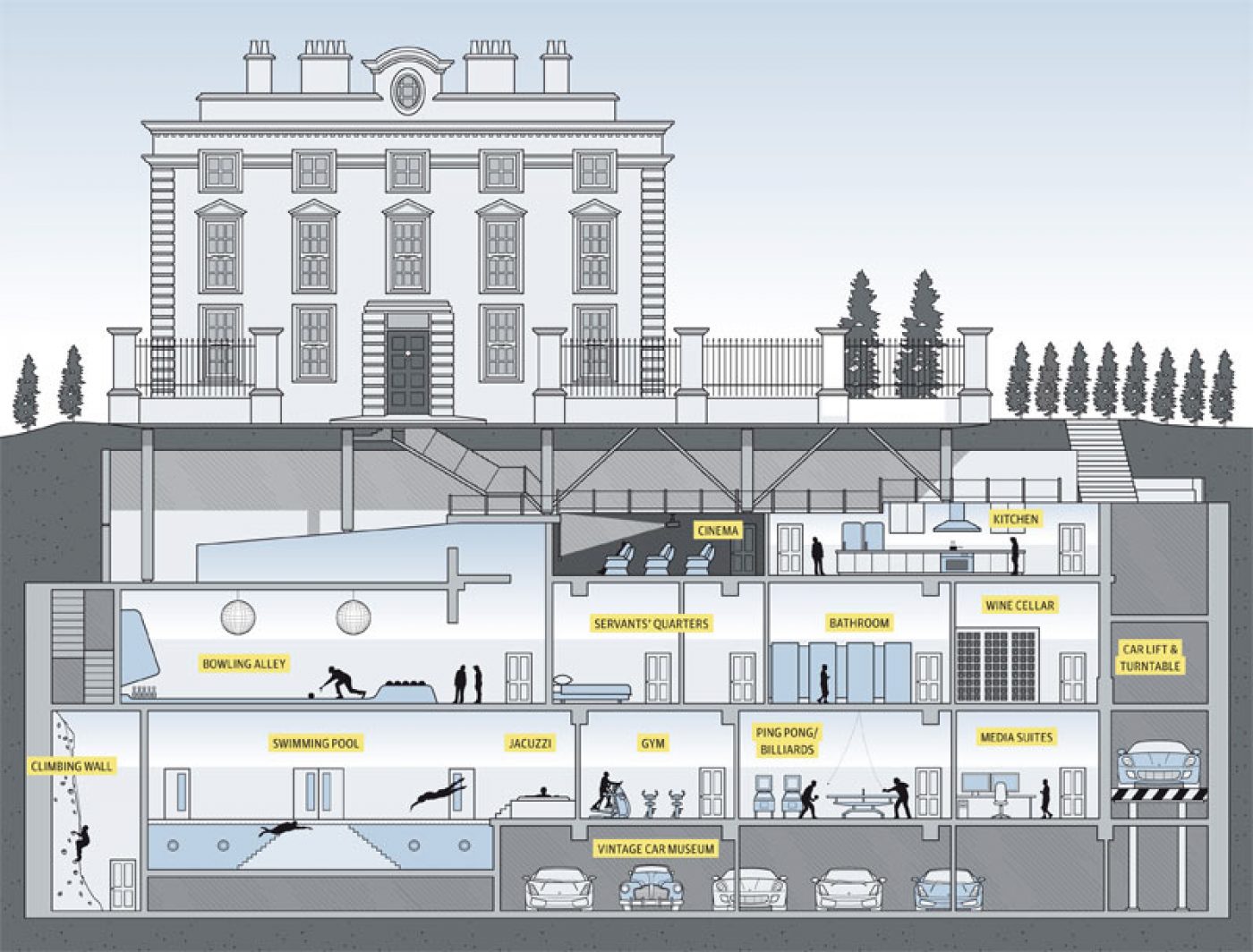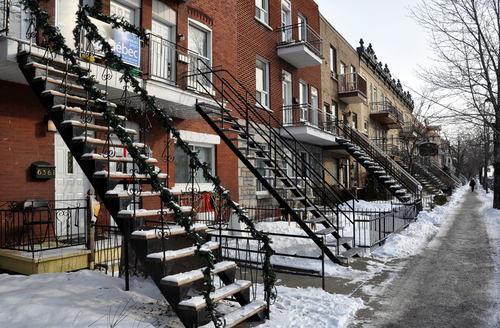Call: The Law and its Consequences

We’re calling on the Volume network to share examples of laws and their unintended consequences in preparation for our end-of-the year issue.
For Volume 38 (December 2013), we’ll be focusing on the law as a critical agent in the built environment. As the ‘software of the world’, the law plays a crucial role in determining the look and feel of the city. Yet designers rarely dabble with the law. We want to ask the question: If we consider the law to be a piece of design, can we apply design intelligence to the law?
Over the next few months we’ll be posting on our facebook page crowd-sourced examples of well-intentioned laws and their unexpected consequences. We’re urging readers to share examples from their own city so we can have a broader discussion about the mechanism of the law in city-building. A few select examples will also be featured in the issue. You can send your examples directly to us via a private message on our facebook page:
or via email to Brendan Cormier: bc@archis.org
Here’s a few examples to whet your appetite:
Law: To preserve heritage, many London neighbourhoods put severe restrictions on adding extra height or extensions to homes.
Consequence: The super-rich of London, looking to expand their square-footage, build super-basements adding multiple floors underground with swimming pools, home cinemas, garages, and servant quarters, as there are no restrictions to building below the ground.
Law: In some neighbourhoods in Montreal the law dictated a minimum setback, with the hope that streetscapes would be filled with picturesque gardens.
Consequence: With less available square footage to build, developers retaliated by moving the staircases outside of the duplexes, freeing up usable space inside, and giving Montreal its characteristic streetscape of steep iron staircases.

